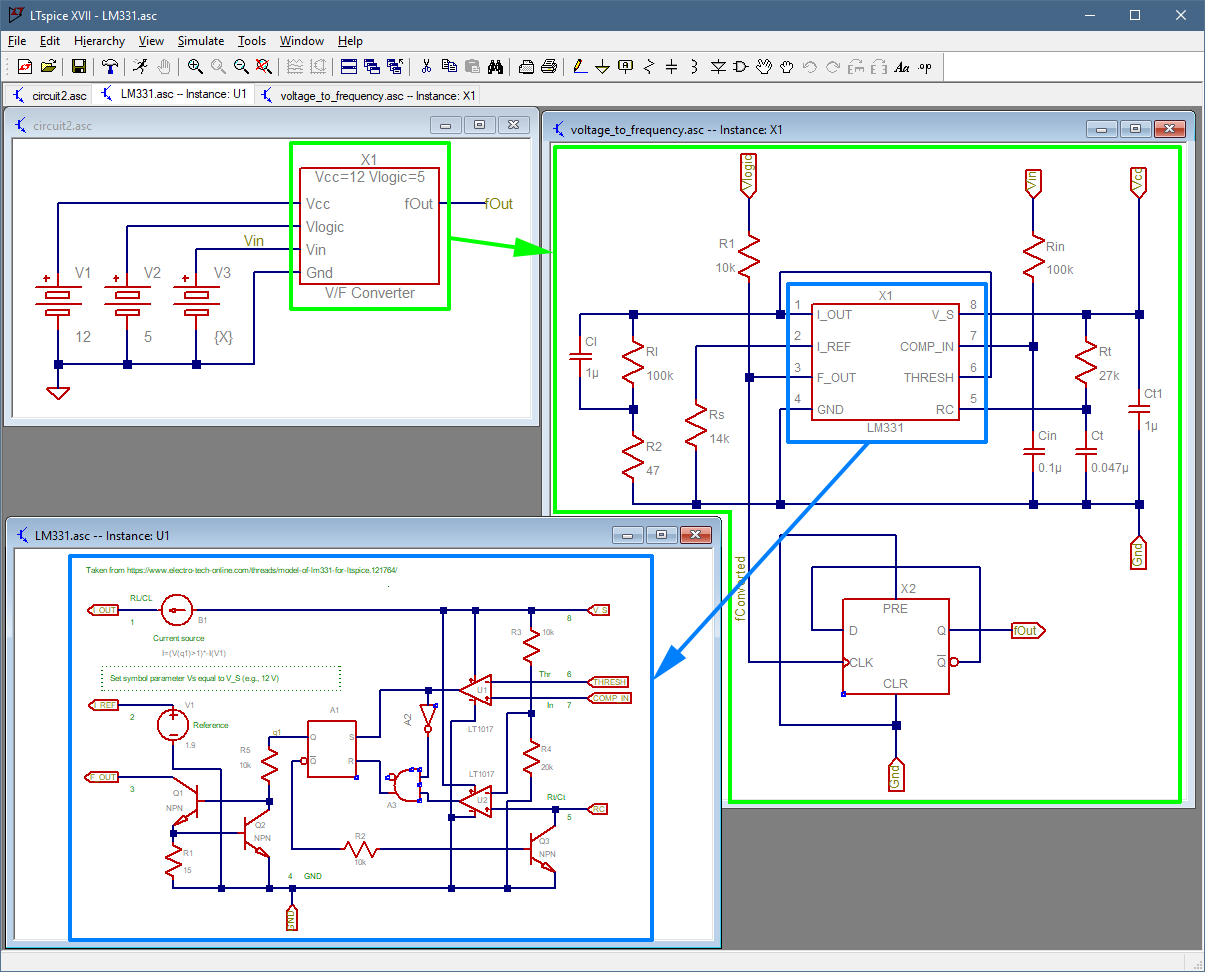


The calculator also includes a guide that describes in detail all the operations to follow.įigure 3: The online calculator allows a very simple and fast configuration of the converter The scheme of the projectĪfter having entered all the information in the Web calculator, the system immediately provides the results and the values of the components to be used, as shown in figure 4.
 production of the final summary, in which all the details of the circuit are highlighted, including voltage, power and current data, the semiconductor devices used, operating losses and some thermal data. execution of the simulation, in which the values of the components used and the graphs of the voltages and currents are shown, as shown in figure 3. choice of system thermal parameters (information on the heatsink such as insulation, temperature, thermal resistance, time constant, ambient temperature and any additional heat sources). choice of SiC devices (MOSFETs, diodes and any modules). input of the data (voltages, power and switching frequency) and choice of the sub-category (this choice also shows the principle diagram). choice of the type of converter (DC / DC, AC / DC, DC / AC). It divides the design of the power supply into several steps:
production of the final summary, in which all the details of the circuit are highlighted, including voltage, power and current data, the semiconductor devices used, operating losses and some thermal data. execution of the simulation, in which the values of the components used and the graphs of the voltages and currents are shown, as shown in figure 3. choice of system thermal parameters (information on the heatsink such as insulation, temperature, thermal resistance, time constant, ambient temperature and any additional heat sources). choice of SiC devices (MOSFETs, diodes and any modules). input of the data (voltages, power and switching frequency) and choice of the sub-category (this choice also shows the principle diagram). choice of the type of converter (DC / DC, AC / DC, DC / AC). It divides the design of the power supply into several steps: #Pspice to ltspice converter weight free
The calculator can be used free of charge and is available at. One of these is the powerful “SpeedFit 2.0 Design Simulator” made available by Wolfspeed, a subsidiary of Cree. To facilitate the work of designers, there are many online tools and calculators that help in calculating the elements to be used in the wiring diagram. The sizing of the components is quite complex and must include many behaviors, both static and dynamic. The quality of a boost circuit depends on many factors, first of all the type of SiC MOSFET and SiC Schottky diode used. This whole process has to happen very quickly.įigure 2: The useful summary page generated by the online calculator Online calculators During the OFF time, the blocking diode prevents the capacitor from discharging through the MOSFET. If the switching element works very quickly, the inductor does not completely discharge and there will always be a voltage that is higher than that of the input even when the MOSFET is open.
in OFF state, the MOSFET is open and the inductor current flows through the diode, the capacitor and the load. in ON state, the MOSFET is closed and the current on the inductor increases. In the system there are two distinct logic states of the switching element: The voltage gain depends on the duty cycle, the value of the inductor, the input voltage, the switching period and the output current. To reduce the voltage ripple, filters consisting of capacitors can be added to the output of the converter. How a boost converter worksīoost converters are a class of switching power supplies that contain two active semiconductor components (a diode and a transistor or MOSFET) and some energy storage elements such as the capacitor and inductor (see the principle diagram in Figure 1). Obviously the price to pay is a decrease in the available current, since the power P = V * I cannot change. A boost converter, or step-up converter, is nothing more than a direct current (DC) to direct current (DC) converter, which increases the input voltage to obtain a higher voltage on the output load. If it is necessary to reach a certain voltage, which might be higher then the one available, a voltage step-up converter will solve the issues. Boost converters are useful devices for designers because they solve a number of power problems at low, medium and high voltages.







 0 kommentar(er)
0 kommentar(er)
